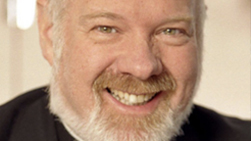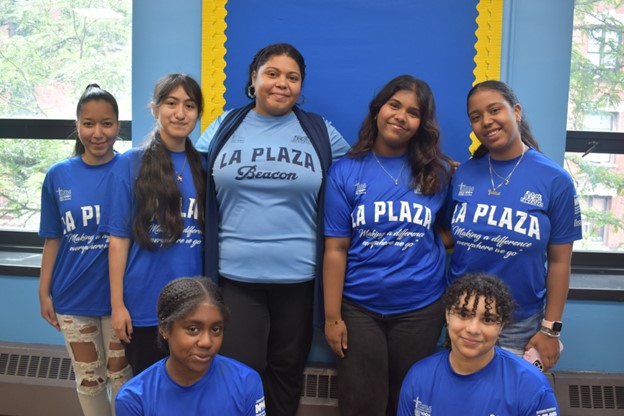A helpful guide for supporting Catholic Charities of New York with confidence
When considering a legacy gift to a charitable organization like Catholic Charities of New York, it’s natural to come across terms that may feel unfamiliar or even intimidating. Understanding these planned giving concepts can empower you to make choices that reflect your values, honor your faith, and support the causes you care about most.
Here’s a simple guide to some of the most common planned giving terms you may encounter, along with how each can be used to support the life-changing mission of Catholic Charities of New York.
Bequest
A bequest is a gift made through your will or living trust. It’s one of the most popular and flexible ways to support Catholic Charities of New York. You can designate a specific dollar amount, a percentage of your estate, or the remainder after other gifts are distributed.
Example: “I give 10% of my estate to Catholic Charities of the Archdiocese of New York.”
Charitable Remainder Trust (CRT)
A Charitable Remainder Trust allows you to donate assets while still receiving income from them for life or for a set number of years. After the trust ends, the remaining funds go to the charity, like Catholic Charities of New York.
This type of gift can provide:
- Regular income for you or a loved one
- Potential tax benefits
- A meaningful legacy for Catholic Charities of New York
Charitable Lead Trust (CLT)
With a Charitable Lead Trust, the process is reversed. The trust makes annual payments to Catholic Charities of New York for a set term, after which the remaining assets are passed to your heirs. This is a strategic way to support a cause now while planning for your family’s future.
Donor-Advised Fund (DAF)
A Donor-Advised Fund is like a charitable investment account. You contribute assets, receive an immediate tax deduction, and recommend grants to organizations like Catholic Charities of New York over time. It offers flexibility, simplicity, and an opportunity to involve your family in giving decisions.
Beneficiary Designation
You can name Catholic Charities of New York as a beneficiary of retirement accounts (like an IRA or 401(k)), life insurance policies, or even bank and investment accounts. It’s an easy and tax-efficient way to make a planned gift, often just requiring a simple form from your account provider.
Endowment Gift
An endowment is a gift where the principal is invested and only a portion of the earnings are used each year, providing a steady, lasting source of support. Your gift becomes a permanent part of the future of Catholic Charities of New York, sustaining programs and services for generations.
Planned Giving
More broadly, planned giving refers to any charitable gift made as part of a long-term financial or estate plan. These gifts can offer significant tax advantages and allow you to make a larger impact than you might have thought possible, while ensuring your legacy reflects your Catholic values.
Why It Matters
Every planned gift to Catholic Charities of New York helps carry forward a mission rooted in compassion, dignity, and service. Whether you want to provide for struggling families, support immigrants, or care for the elderly, your legacy can be a lifeline for those in need.
We’re here to help you explore your options, answer your questions, and find a plan that aligns with your values and personal goals.
Start the Conversation
Please visit our Planned Giving website to learn more: CatholicCharitiesNY.giftplans.org
There, you’ll find planning tools, calculators, sample language, and stories from donors like you who have made a lasting impact.







![©[fizkes] via Canva.com](https://catholiccharitiesny.org/wp-content/uploads/2025/07/Planned-Giving-Terms-You-Should-Know.jpg)





